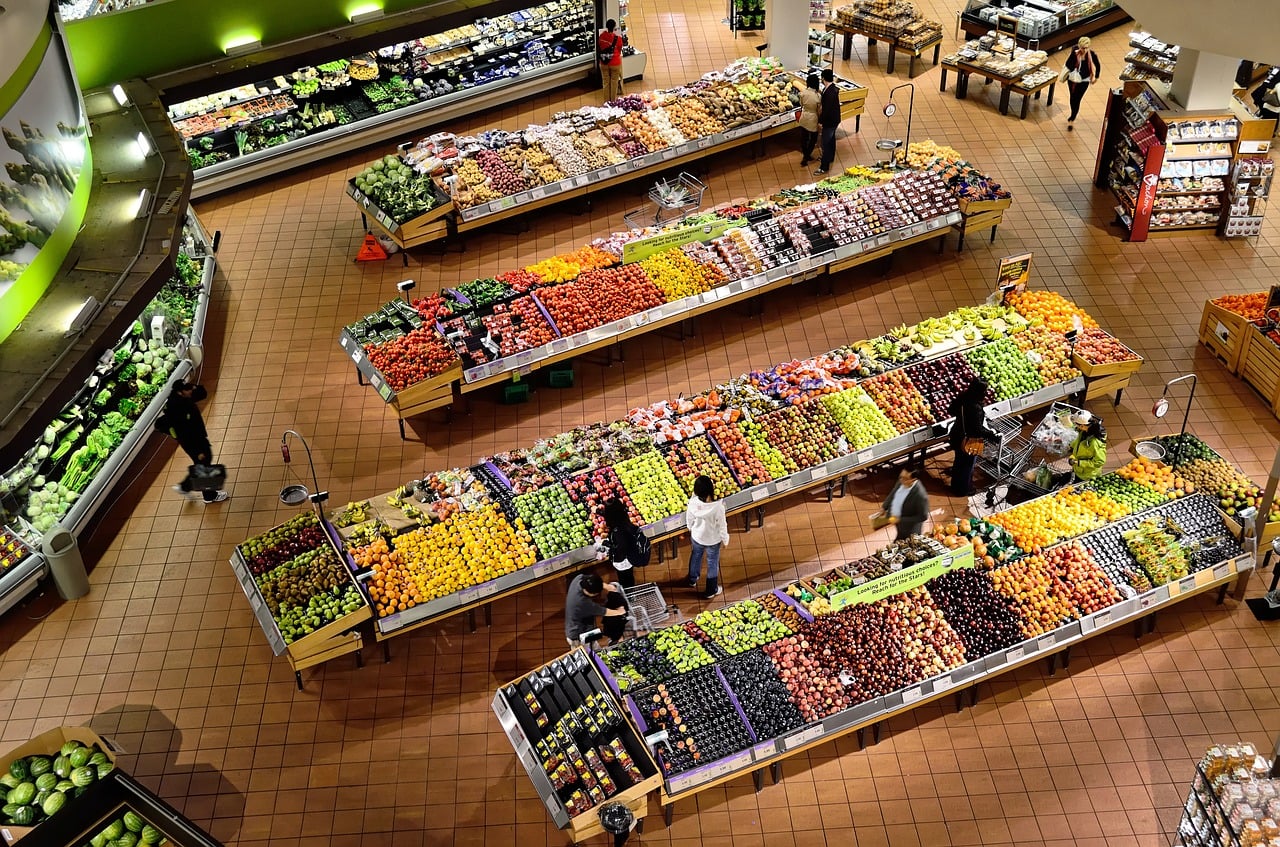ValueWalk’s interview with Jose Vicente Aguerrevere, the Co-founder, Chairman and CEO of Takeoff. In this interview, Jose discusses eGrocery, the future of the eGrocery space, if small grocers can compete online, the possibility of drone deliveries of groceries, the major areas of concern with eGrocery, and its implications for the future of retail.
How do you define eGrocery?
The Grocery market, which has traditionally functioned within brick and mortar stores, has been transitioning more and more into the eCommerce space over the past few years. This online grocery sphere is known as “eGrocery.”
Q2 hedge fund letters, conference, scoops etc
The eGrocery space is projected to be $334billion worldwide by 2022, and $100B in US can you break down those figures for us? What does that mean compared to what we are seeing now?
eGrocery penetration is certainly on the rise. In the US, it is currently estimated to be between 3 - 5%* -- on par with the global average of ~3%, however definitely lagging other developed economies -- The UK and South Korea for example, are currently estimated to have 10-15% online grocery penetration. The US is projected to have over 8% online grocery penetration by 2022*.
What have been historic trends in the US - how much has growth been per year since you started tracking? What about globally?
The eGrocery market has been expanding rapidly, and if you look at the figures, you can see that the market is continuing to grow as we approach 2020. In the US, growth rates have been around 18-20% the past three years***. Global projections are in line, with 17% annual growth projected through 2022****.
How can small grocers compete in such a large space?
A grocer’s success in the eGrocery sphere really comes down to the capabilities and service model that they are using. Stronger value propositions are key to succeeding in this space, but only if the operating model allows for a profitable business. In fact, our first client that we ever partnered with is Florida-based grocery chain Sedano’s, who chose Takeoff as their strategic partner to initiate its transition into eCommerce. One way that Takeoff’s eGrocery solution is unique is that we take advantage of hyperlocal operation to reach the stores’ communities, and deliver on customer’s expectations of convenient and fresh groceries. Capital investment in one Takeoff Microfulfillment Center is also relatively small at $3M. Therefore any grocer of any size that has a strong local presence is in a good position to invest and thrive in this market.
That said, one note of caution for small grocers: eGrocery should not be white label, since shoppers still value quality from their preferred retail brands. They should make sure to invest in the right capabilities without losing their direct relationship with the customer.
Are we going to see any big tech changes like drone deliveries of groceries in the next few years?
We are just at the tip of the iceberg when it comes to new technologies that will enable new shopper experiences and value propositions online. As the market continues to grow, more experimentation and resources will be channeled towards providing shoppers with unmatched convenience. Drone deliveries are one example, alongside in-home delivery, smart ordering from your refrigerator, and others. The sky's the limit!
People like to check the food they buy, for example their produce. Do you think there are any negative views of eGrocery? How will eGrocers overcome some of these issues?
Perishables are one of the major areas of concern with eGrocery, for shoppers and grocers, although the challenges are easily surmountable with the right model. And while non-perishable products are growing faster online, shoppers are beginning to experiment and become more comfortable shopping their perishables online as a one stop shop solution. The key here is (1) an eGrocery model that sustains the quality of products, and (2) the retailer brand’s guarantee of freshness and quality.
Final thoughts on these trends and what they mean for the future of retail?
It’s no longer a question of projections, or whether or not you believe in eGrocery. Grocery retailers are already finding great demand as they delve into eCommerce. Having an eGrocery strategy is no longer a luxury -- it is a necessity. Today, the eGrocery trailblazers who have an eCommerce platform in place have the bigger advantage. Now is the time to invest in capabilities that will provide sustainable business models.
*5% according to Brickmeetsclick, 3% according to Bain & Company
** Source: Brickmeetsclick
*** Source: Statista
**** Source: Forrester Research






